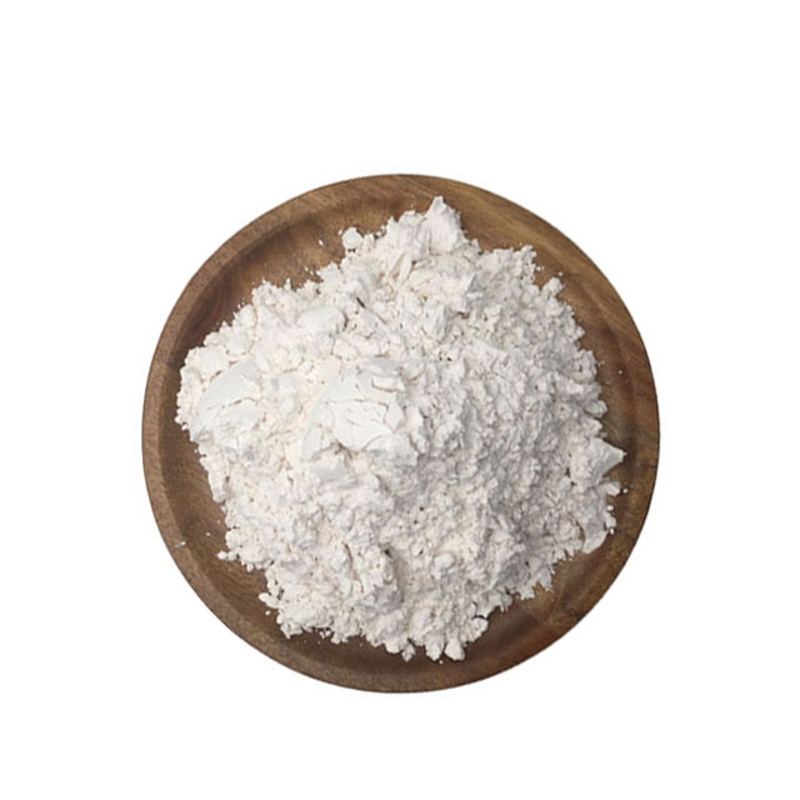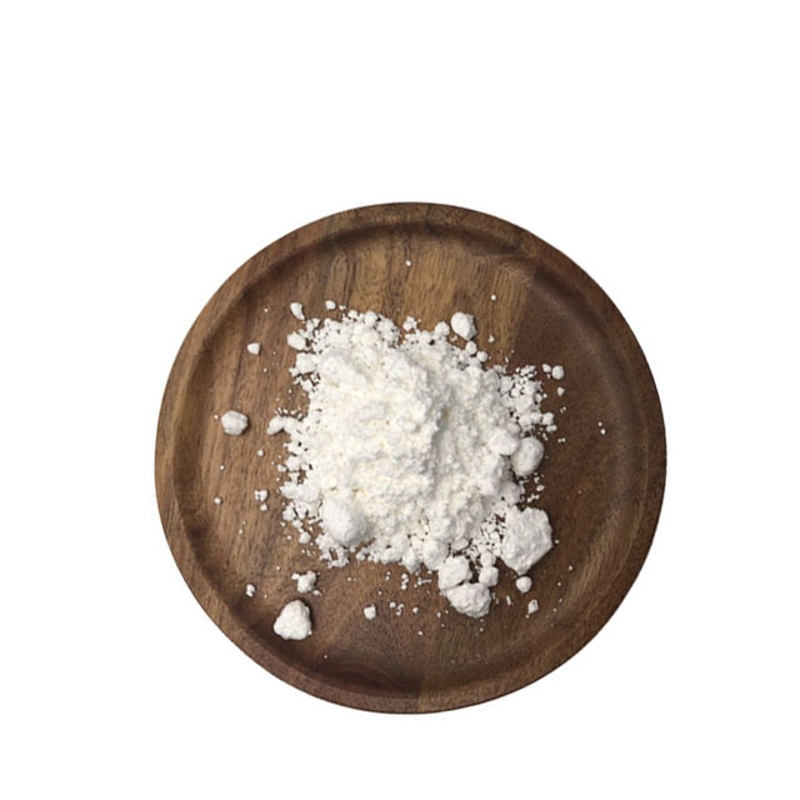-
Categories
-
Pharmaceutical Intermediates
-
Active Pharmaceutical Ingredients
-
Food Additives
- Industrial Coatings
- Agrochemicals
- Dyes and Pigments
- Surfactant
- Flavors and Fragrances
- Chemical Reagents
- Catalyst and Auxiliary
- Natural Products
- Inorganic Chemistry
-
Organic Chemistry
-
Biochemical Engineering
- Analytical Chemistry
- Cosmetic Ingredient
-
Pharmaceutical Intermediates
Promotion
ECHEMI Mall
Wholesale
Weekly Price
Exhibition
News
-
Trade Service
*For medical professionals only
I'm not completely well yet, but I feel better
.
Luckily I wasn't serious, except for the high fever, which was a respiratory symptom
.
After generally recovering, I mainly feel that my physical strength seems to have decreased somewhat, and climbing stairs or lifting heavy objects is more likely to increase my heart rate and qi
than before.
Yesterday, a colleague also said that it is easy to increase the heart rate after infection, I wonder if you have similar symptoms?
Recently, Nature Cardiovascular Research published a data analysis in the form of a cover study, using data from 300,000 people in the Los Angeles area to discuss the possibility of
postural orthostatic tachycardia syndrome (POTS) after the new crown vaccination.
Simply put, after the new crown vaccine, the probability of being diagnosed with POTS has indeed increased, and the risk has increased by 52% compared with before vaccination; However, this number is still far lower than the new crown infection, and the risk of being diagnosed with POTS-related diseases after infection is 5.
35 times
that of diagnosis after vaccination.
This paper is the cover study of Nature Cardiovascular Research this week
Here we first introduce the postural orthostatic tachycardia syndrome (POTS) disease
.
POTS is a common disease of the autonomic nervous system, the main manifestation is that within 10 minutes after standing up, the heart rate increases at least 30 times per minute, and there may be palpitations, dizziness, general weakness, headache, nausea, presyncope, brain fog, blurred vision and other symptoms, and the symptoms last for more than 3 months
.
The cause of POTS is not well defined, and different patients may have different causes
.
It is estimated that before the pandemic, the number of people with POTS in the United States was between 500-3 million, mainly affecting women and adolescents
of childbearing age.
POTS is one of the acute sequelae of the new crown virus infection (PASC), and there are also reports that POTS is one of
the adverse events of the new crown vaccine.
So what about real data?
The study used data from 284,592 vaccinated participants, with an average age of 52, of whom 57 percent were women, predominantly white, and 10 percent were Asian
.
62% of their vaccines were Pfizer's BNT162b2, 31% were Moderna's mRNA-1273, 6.
9% were Johnson & Johnson's Ad26.
COV2.
S, and < 0.
1% were vaccinated with other vaccines, including AstraZeneca's ChAdOx1-S, NVX-CoV2373, Sinovac vaccine, and more<b11>.
The data were mainly analyzed in two dimensions, one was to analyze the difference in the probability of diagnosis of POTS 90 days before and after vaccination, and the other was to analyze the difference in probability of diagnosis of POTS and other common primary care diagnosis (CPC) diseases
.
Data analysis methods and main conclusion data
After vaccination, the five conditions with the highest probability of diagnosis are myocarditis, autonomic dysfunction, POTS, mast cell activation syndrome, and urinary tract infection (UIT).
The probability of diagnosis of POTS before vaccination was 0.
18% and 0.
27% after vaccination, increasing the risk by 52%.
The risk of being diagnosed with POTS after vaccination is indeed slightly higher than for other diseases, about 10%
higher.
Probability of diagnosis of different diseases after vaccination
Blue for POTS-related diseases
The presentation was basically consistent across genders, and men were less likely to be diagnosed with Ehlers-Danlos syndrome (EDS).
Don't be intimidated by the numbers, let's take a look at the impact
of contracting the coronavirus.
This part of the analysis used 12,460 documented people infected with the virus, with an average age of 47, 50% female, predominantly white, and 6% Asian
.
The cohort excluded participants
who had been vaccinated 90 days before and after infection.
Before the new coronavirus infection, the probability of diagnosis of POTS was 0.
99%, and after infection it was 2.
09%, which increased the risk by about 111%.
The characteristics of patients diagnosed with POTS after infection are generally consistent with the whole, with only slightly higher age (mean 60 years).
Probability of diagnosis of different diseases after infection with the new coronavirus
The manifestations are basically the same across genders, and the diagnosis rate of myocarditis in men is slightly higher, but this may be because myocarditis itself has fewer diagnoses (3 in men and 2 in women)
Comparing the data from the two cohorts, the risk of being diagnosed with POTS-related diseases after infection with the new coronavirus was 5.
35 times
that of being diagnosed after vaccination.
In fact, looking at the diagnosis data of other diseases, we can also find that their risk after new crown infection is generally higher than that of vaccination.
Comparison of changes in the probability of disease diagnosis before and after new crown vaccination and new crown virus infection
What causes POTS to occur? Previous studies have counted known POTS triggers, and it can be seen that the risk posed by vaccines is much lower than other factors
.
According to the data of the paper on the right, the risk of POTS from infection is 683% of that of vaccination
Risk factors in the figure on the right, from highest to lowest, were viral or bacterial infection, surgery, pregnancy, vaccination, puberty, and concussion
This research certainly has shortcomings
.
The first is that the understanding of POTS and POTS related diseases itself is relatively lacking, there may be some diagnostic accuracy problems, and POTS requires symptoms to last for more than 3 months, but the evaluation time of this study is only 90 days before and after, which may lead to overestimation
of disease diagnosis rates.
Moreover, the study did not take into account changes in the main circulating strains, and the study population was not universal enough
.
But the study still points out the commonality of POTS and POTS-related diseases in new crown vaccination and new crown virus infection, and reminds you of the importance of
more medical care and vaccination.
Resources:
[1]
[2]
[3] style="margin-bottom: 0em;outline: 0px;max-width: 100%;box-sizing: border-box;color: rgb(34, 34, 34);white-space: normal;font-family: -apple-system, BlinkMacSystemFont, "Helvetica Neue", "PingFang SC", "Hiragino Sans GB", "Microsoft YaHei UI", "Microsoft YaHei", Arial, sans-serif;font-size: 16px;background-color: rgb(255, 255, 255);text-align: center;overflow-wrap: break-word !important;">
The author of this article Dai Siyu







